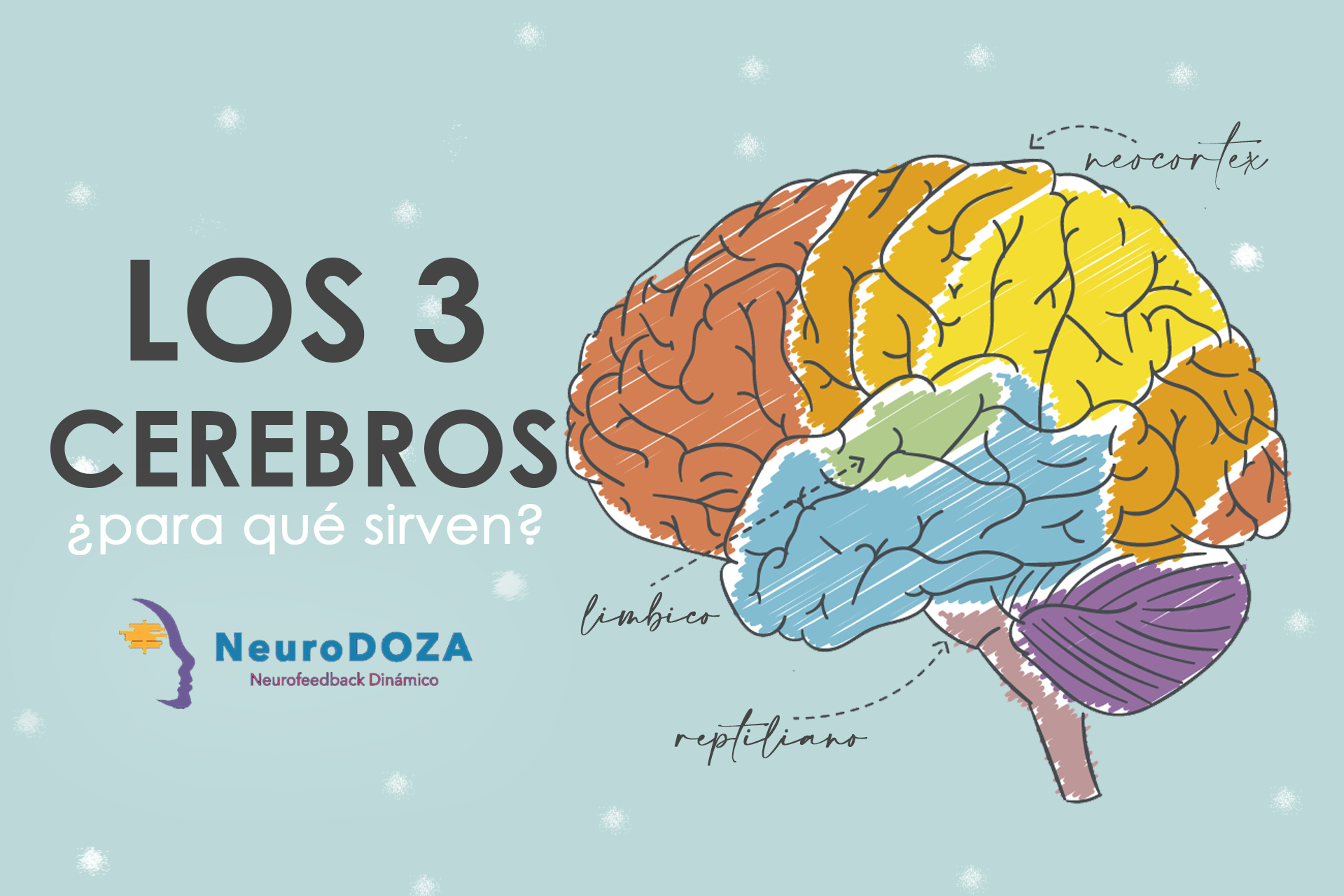

Homologies can be inferred from extant species by using a comparative approach within a phylogenetic framework. To this end, comparative studies seek to identify homologies - structural or molecular similarities that are due to common ancestry - at a variety of levels, for example, brain regions, circuits or cell types. The diversity of reptiles and their evolutionary relationship to mammals make reptilian brains great models to explore questions related to the structural and functional evolution of vertebrate neural circuits. Structure and evolution of the reptilian brain

It is thus reasonable to talk about a ‘reptilian brain’ - the subject of this Primer. Despite this technical point, the so-defined reptiles share many evolutionary, anatomical, developmental, physiological (for example, ectothermia), and functional features. What people generally call reptiles is thus a group defined in part by exclusion: it gathers amniote species that are neither mammals nor birds ( Figure 1), making the reptiles technically a paraphyletic grouping. Adapted from Bruce and Neary (1995), Bruce (2007) and Mueller et al. Colors represent conserved pallial subdivisions. (B) Transverse section of the right hemisphere of vertebrate representatives: from top to bottom, a fish (zebrafish), an amphibian (frog), a reptile (lizard), a bird (pigeon) and a mammal (rat). (1998), with kind permission from Springer Science and Business Media. Major subdivisions (examples in color) are present in all species but appear in different proportions. Right panel: schematic drawings showing brains (lateral view, anterior left) of vertebrate representatives: from top to bottom, a fish (knife-fish), an amphibian (tiger salamander), a reptile (monitor lizard), a bird (pigeon) and a mammal (hedgehog tenrec). Red lines (lower panel) indicate the origin of amniotes (320 million years ago), the origin of dinosaurs (230 million years ago) and their extinction (65 million years ago). Shaded area in the phylogenetic tree indicates ‘reptiles’ as defined in the text. (A) Phylogenetic tree of vertebrates and timeline of major events in amniote evolution. Vertebrate phylogeny, gross brain morphology, and homologous regions in the forebrain. They flourished from the beginning of the Jurassic to the mass extinction at the end of the Cretaceous (65 million years ago), and birds are their only survivors. Dinosaurs inhabited the Earth from the Triassic (230 million years ago), at a time when the entire landmass formed a single Pangaea.


Although turtles were once thought to be the most ‘primitive’ among reptiles, current genomic data point toward two major groupings: the Squamata (lizards and snakes) and a group comprising both the turtles and the Archosauria (dinosaurs, modern birds and crocodilians) ( Figure 1). Present-day reptiles are a diverse group of more than 10,000 species that comprise sphenodons (‘Tuatara’), lizards, snakes, turtles and crocodilians. These amniotes were the ancestors of today’s mammals and sauropsids (reptiles and birds). Carl Sagan’s amusing words of wisdom notwithstanding - is the H-bomb not also a product of the cerebral cortex? - is the reptilian brain really just a mammalian brain missing most of the parts? Some 320 million years ago, the evolution of a protective membrane surrounding the embryo, the amnion, enabled vertebrates to develop outside of water and thus to invade new terrestrial niches.


 0 kommentar(er)
0 kommentar(er)
